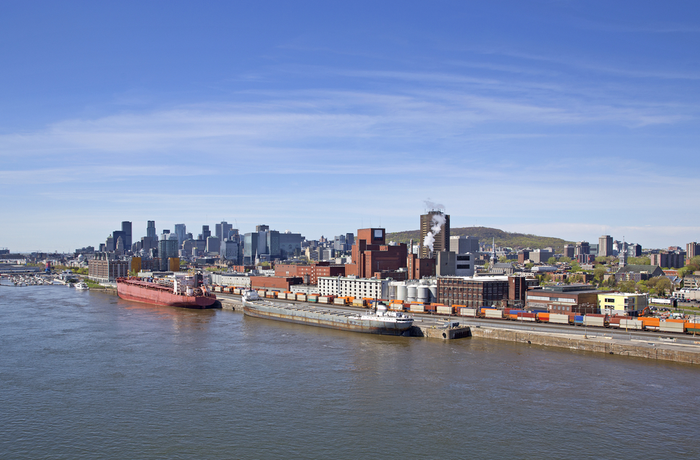The liner shipping industry is at the beginning of an up-cycle that will be marked by rising container volumes, a reasonable balance between supply and demand, and a retention of pricing power by carriers, Lars Jensen, CEO of SeaIntelligence Consulting, told the JOC virtual TPM21 conference Wednesday.
This short-term cycle will feature continued competition among shippers for vessel capacity, empty containers, and available chassis. Those shippers who pay the highest price will get the capacity and equipment, said Jense, a JOC analyst.
Carriers learned from those experiences, said Jensen. “Pricing power in the industry has changed fundamentally,” he said. “Price wars will be a rarity.”
Cargo volumes during the remainder of 2021 will depend on how quickly the US recovers from the COVID-19 pandemic. Jensen projects strong import volumes continuing into the second quarter, followed by a short lull in which volumes flatten a bit and then perhaps a return to a more normal cadence in the second half of the year.
However, that doesn’t mean the lack of available vessel capacity and equipment that has plagued shippers for the last eight months or so will suddenly disappear. “There’s not much chance of that,” he said.
Given the intense competition among cargo owners for scarce vessel space and equipment, shippers should not bank on significantly lower prices, even if demand subsides slightly.
Also, as shippers prepare their supply chains for the coming months, they should not anticipate a significant improvement in schedule reliability, Jensen said. Carrier on-time performance globally and in the trans-Pacific is at an all-time low, so shippers should pivot away from a dependence on just-in-time delivery, he said.
“The overarching goal for 2021 is resiliency,” he said. That means shippers should continue to build longer lead times into their supply chains, and be prepared to pay more to ensure vessel space and equipment availability, he said.
Shipping in a post-COVID-19 environment
Jensen said the pandemic did not fundamentally change the container shipping industry.
The coronavirus disease 2019 (COVID-19) simply accelerated trends that were already under way, which include a continued move toward digitization in transportation and more dispersed supply chains, he said.
Vessel orders in the coming years could also create a new dynamic in the industry. With a significantly reduced order book for new vessels into 2025 compared with previous years, supply and demand should be in relative balance, Jensen said.
Also, vessel sizes in new orders could take a step down, he said. While carriers have ordered some 20,000 TEU-plus vessels, Jensen cited Evergreen’s order book for 20 vessels of 15,000 TEU capacity as a model that may be emulated going forward, he said. Vessels in the 12,000 to 15,000 TEU range give carriers more flexibility in serving different trade routes.
By deploying multiple services with slightly smaller vessels on a number of trade lanes, carriers and carrier alliances can blank one or two weekly sailings without losing significant market share similar to how they would if they blanked larger vessels, Jensen said.
Therefore, going forward, Jensen sees a shipping environment in which carriers right-size their services for overall trade conditions, with the flexibility to upsize or downsize capacity to meet fluctuating trade conditions throughout the year.
Digitization of the transportation supply chain is under way and will be a feature of ocean shipping going forward, Jensen said. Although carriers have been criticized for being late adopters of digitization, Jensen said the industry has performed “better than it is given credit for.” He cited the success of Hapag-Lloyd accelerating its five-year program to increase online bookings into three years.
Carriers in the longer term must also prepare for increased pressure from regulators to reduce carbon emissions. Carriers must avoid ordering vessels that will become “obsolete” 15 years from now as international regulators move forward with tighter restrictions on vessel emissions, he said.
Check out the full article on JOC.com by clicking here –> Full Article
Disclaimer: Transatlantic North America, Inc. does not own, or claim to own any rights to any information or imagery included in this post. All rights are reserved to the owner of this content. Content has been shared for Fair Use/Informational/Educational purposes only.





Leave A Comment